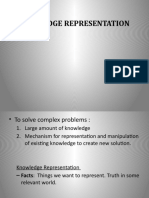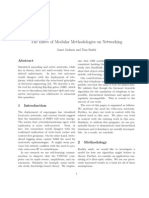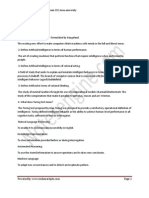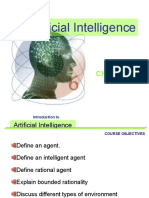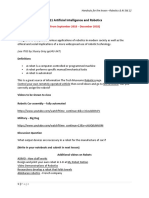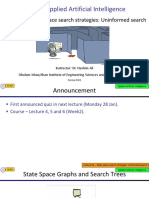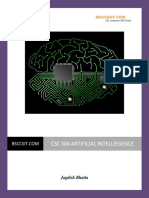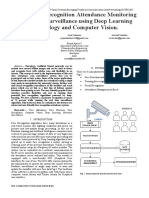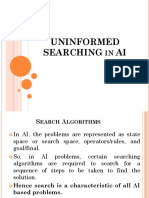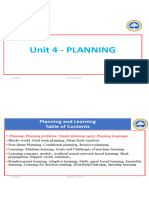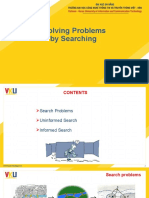0% found this document useful (0 votes)
163 views2 pagesNaïve Bayes Classifier Algorithm
The Naive Bayes classifier algorithm is a supervised learning algorithm used for solving classification problems. It is based on Bayes' theorem and works well for problems with high-dimensional training data, such as text classification. The algorithm predicts the probability of an object belonging to a class based on the probability of its attributes. It assumes attribute values are conditionally independent of one another given the class. Bayes' theorem is used to calculate the posterior probability of a hypothesis given prior knowledge and evidence.
Uploaded by
muneerakottarath99Copyright
© © All Rights Reserved
We take content rights seriously. If you suspect this is your content, claim it here.
Available Formats
Download as PDF, TXT or read online on Scribd
0% found this document useful (0 votes)
163 views2 pagesNaïve Bayes Classifier Algorithm
The Naive Bayes classifier algorithm is a supervised learning algorithm used for solving classification problems. It is based on Bayes' theorem and works well for problems with high-dimensional training data, such as text classification. The algorithm predicts the probability of an object belonging to a class based on the probability of its attributes. It assumes attribute values are conditionally independent of one another given the class. Bayes' theorem is used to calculate the posterior probability of a hypothesis given prior knowledge and evidence.
Uploaded by
muneerakottarath99Copyright
© © All Rights Reserved
We take content rights seriously. If you suspect this is your content, claim it here.
Available Formats
Download as PDF, TXT or read online on Scribd
/ 2

